RME ADI-2 DAC FS Review
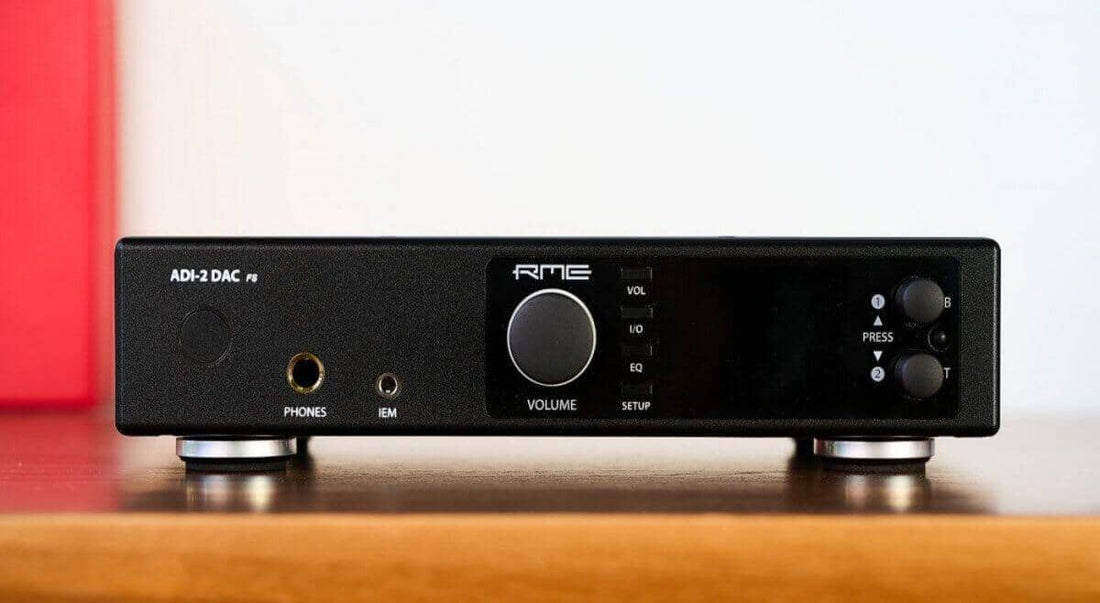
Introduction - A familiar friend
I have been using RME gear for a long time - one of my first proper audio interfaces was an RME Digiface USB, and later a Babyface Pro FS, all of which served me exceptionally well. My current studio setup is built around the beating heart of an RME Fireface UFX II, and I’ve used the RME ADI-8 extensively for location recordings, so needless to say, the brand and I have history.
Today’s review piece is, incidentally from the same ADI series of converters, but designed as a DAC and headphone amp, rather than having the A-D function of those other units. What is retained is the extensive equalization function, as well as selectable filters, a remote control, more easily accessible balance and level controls and a fairly flexible crossfeed implementation. Things like microphone inputs, mixer functionality and other pro-audio related connections have been dropped, as reflected in the lower price of the DAC-only version compared to the full ADI-2 unit with ADC and mic/line i/o.
Coming in a trim and tidy small desktop form factor and at $1,299, the ADI-2 DAC FS is firmly in what I’d call premium territory. The AKM4493 inside is a fairly standard chip at this point, but for the price RME has packed an astonishing amount of functionality in here. The aforementioned laundry list of features isn’t simply lip service or marketing copy either - RME has a reputation for exhaustive and thoughtful feature sets, and the ADI-2 DAC is no different.
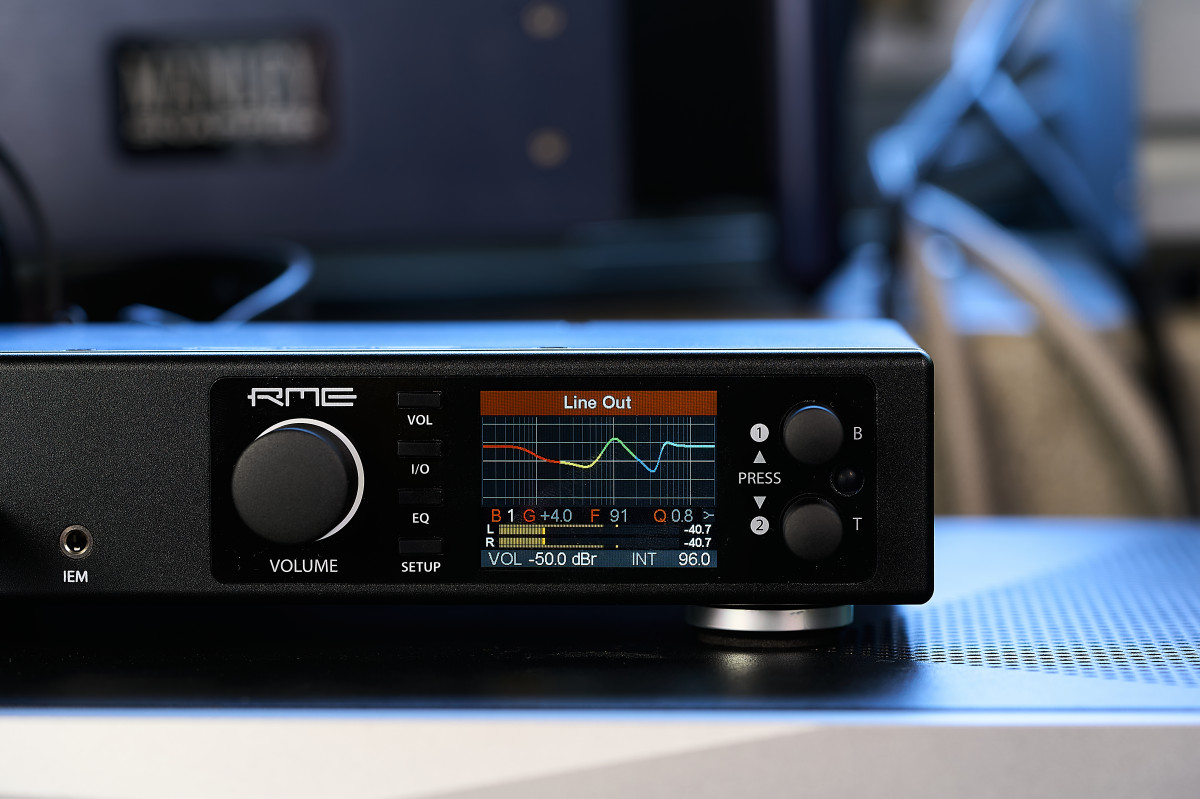
Functionality
In contrast to the pro audio interfaces which even for an experienced engineer present an overwhelming array of flexibility, the ADI-2 DAC is quite straightforward. One can simply plug it in, turn it on and benign playing music from the rear XLR or RCA line outputs or front headphone jacks, no TotalMIX routing required. While this seems like a small point, the RME pro interfaces I’ve used have dizzyingly complex feature sets, so for a company which is not traditionally hi-fi oriented to nail the out of the box functionality so well is an impressive accomplishment in my book.
Once you’ve gotten oriented with the standard volume knobs, RME has divided the system menu into several parts, with most core menu functionality in the i/o section. Here you’ll find the lions share of the interesting controls including balance, filter adjustments and crossfeed. I quite liked the inclusion of M/S processing and balance controls, things often left off of hi-fi units. In fact, RME has a lot of things often left off Hi-Fi units, and this is one of the most feature-rich units I’ve ever seen at any price.
One the one hand, I enjoy having the flexibility this offers: I can utilize the very transparent EQ, balance left and right channels, apply crossfeed and even assign mute functionality based on which outputs are being used. Diagnosing system issues becomes a breeze. However, on the other hand, the array of functions is dizzying and the multi knob navigation system takes a little bit of getting used to. I suspect this unit is over-functioned for the average headphone listener, but at this price point I don’t think it’s fair to complain too much about that as it is, as aforementioned, quite easy to use right out of the box as well.
Rather than running down the pros and cons of every feature, I’ll simply refer you to the excellent manual (link: https://www.rme-audio.de/downloads/adi2dac_e.pdf) from RME. If you need a unit with this level of functionality I have a hard time thinking of any others available on the market.
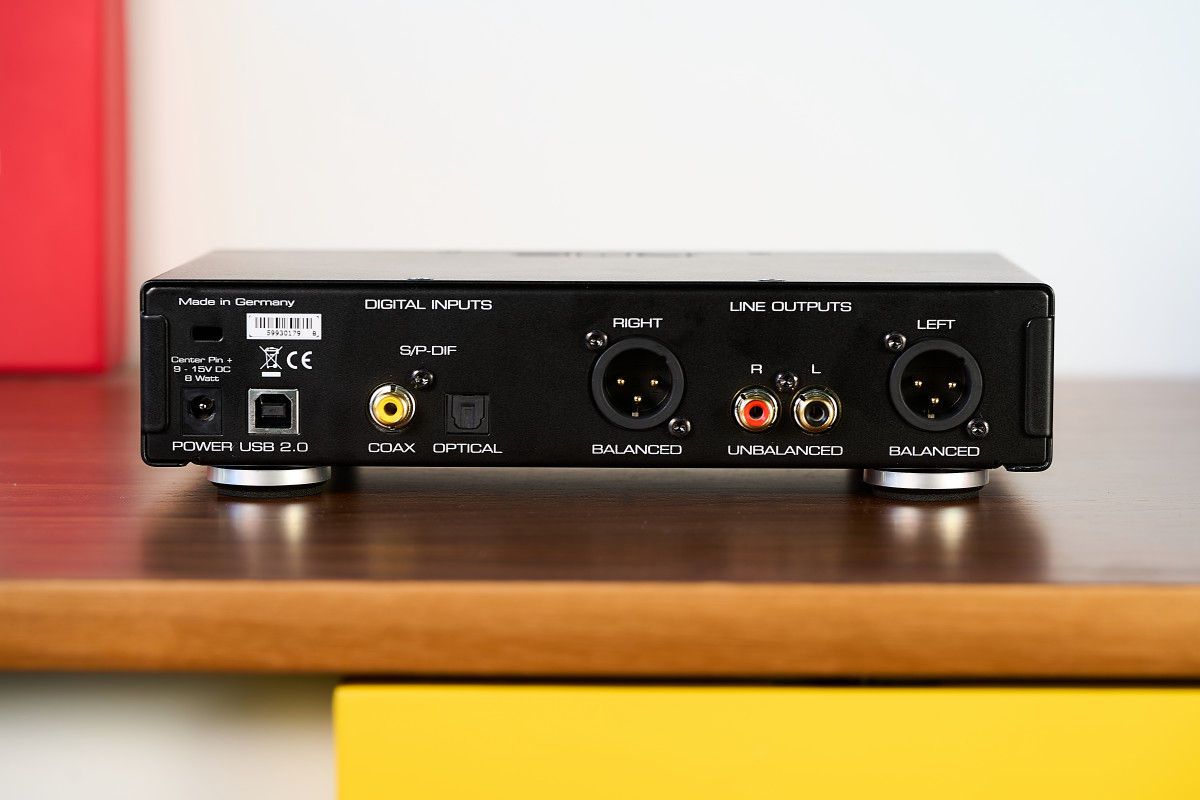
Sound - The Digital Components
On to the important part: The sound quality. I was lucky enough to have on hand a Matrix X-Sabre Pro MQA, which uses the ESS9038PRO chip from Sabre. Contrasted with the RME’s AKM4493, these two flagship chips certainly live up to their brands respective reputations, but also hold some surprises.
While the X-Sabre is more detailed and has that famed ESS treble clarity, it doesn’t suffer from excess harshness that has plagued those designs in the past. Likewise, the RME though it is smooth and fatigue free, presents a startlingly amount of detail and sonic organization. There is no sense that the music is smoothed over, and in fact I can think of a few more expensive DACs that don’t achieve the level of coherency and transparency as the RME. The AKM velvet sound in this unit is not coming at the expense of detail, at least to my ears.
While I have to emphasize that differences between DACs are subtle and often the output stage makes a more significantly audible difference, the AKM sound for those unfamiliar is often thought of as smooth up top, sometimes at the cost of detail. I found this to be the case in the SPL Phonitor amps DAC768 stages, which seemed to cover up some things in the treble when compared to Outboard DACs from the likes of Schiit, Matrix, etc.
I never had any moments with the ADI-2 DAC that made me feel like the DAC was bright, but I’m hearing much more top end detail than on the SPL, and in a way that feels more organic and three-dimensional. Other than smoothing over the top end, some AKM DACs also suffer from a rather flat and dimensionally compressed soundstage, but I’m happy to report that this is not the case with the ADI-2 DAC.
Another characteristic that often bothers me about both ESS and AKM chips is a kind of wimpiness in the bass, or a lack of impact when compared to R2R DACs or older TD1541 or Wolfson chips. Those older DACs have a meaty, impactful sound to my ears which I find exceptionally pleasing. The RME by contrast to the typical AKM DAC did not take away the balls of the music, in fact bass was tight and precise in a way that also seemed to embed itself into the signal very naturally. RME has done an exceptional job of crafting a great DAC here.
Regarding the filters, my favorite was the NOS filter, which is a very slow rolloff filter that scrubs off a bit of the high end. While I typically prefer low pre-ring, fast rolloff linear phase filters, I found that the slower rolloff filters were my preference because the RME is so transparent in the high end that I liked having a slightly softer sound. These will be a matter of personal preference, but the difference is largely subtle between all of them.
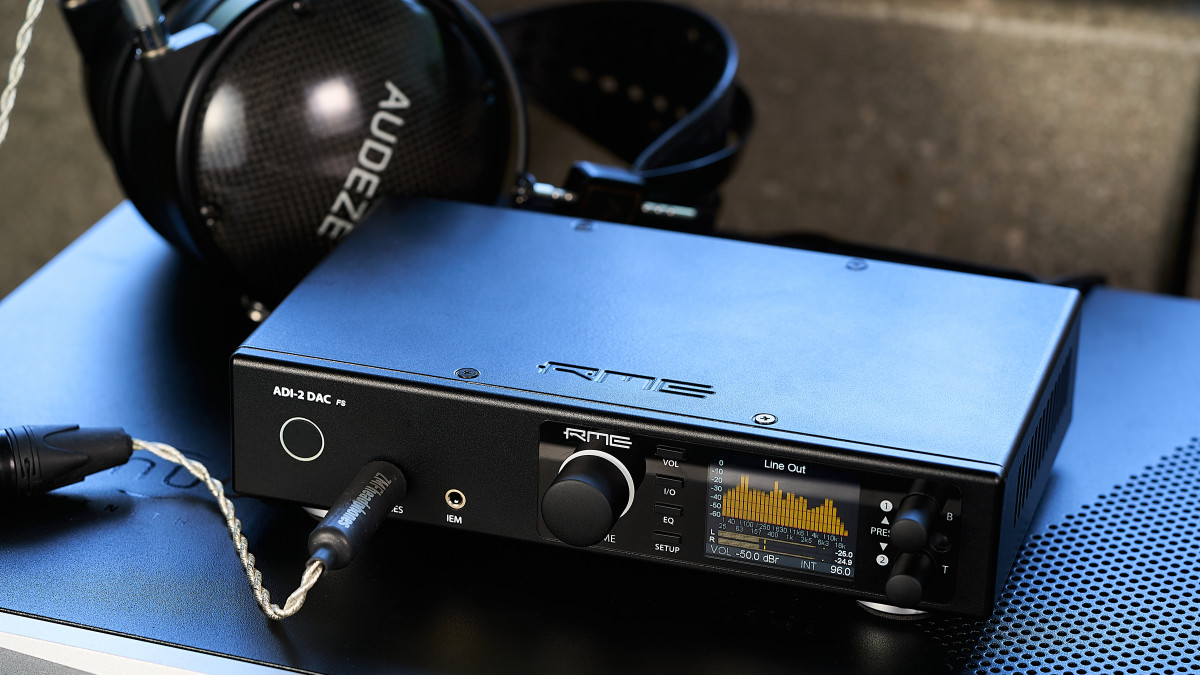
The Sound - Analog
Now we come to the analog sound of the RME, and the big question about how it functions as a headphone amplifier. There’s some talk on the forums about the RME being dynamically constrained, and there is a hint in the ADI-2 Manual from RME:
“Many (many!) headphones later a maximum output level of +22 dBu (10 Volt) was set as development goal, as it will drive even insensitive headphones sufficiently, while a maximum output current of around 260 mA per channel will result in lots of power for lower impedance phones (1.5 Watts @ 32 Ohm). Limiting the current makes a lot of sense. It is needed to control the internal power supply, to not fully overdrive (and destroy) weaker headphones, and prevents malfunction at short-circuit state.”
This seems to imply that the RME does indeed have some current limiting in the circuit, and go towards explaining the findings of some users that the headphone outputs even on the high power setting feel less than dynamically thrilling.
I have to say that I ultimately agree these forums members to a certain degree. It’s not so much that macrodynamic swings feel constrained, but rather that microdynamic differentiation is not as good as more refined amplifiers like the SPL Phonitor One or the Schiit Jotunheim. With planar magnetics the headphone amp gets an aggressively bright characteristic that I often associate with current starving planar magnetic headphones. Anyone who has heard an HE-6 off an inadequately powered amplifier knows what I’m talking about. It sounds like the amp is working a bit too hard with Audeze headphones for example.
However, there were some good choices, and with more sensitive dynamic headphones that don’t require gobs of current, or with exceptionally low impedance planars like the Ether 2, the problem is much alleviated. In general, as the manual mentions, a low impedance and relatively high sensitivity headphone will perform best here.
All of that out of the way, the headphone out of the RME-2 is actually fairly good. When paired with the right headphones its more spatially informative and less flat than a THX 789 amplifier, and even has a greater sense of bandwidth than the Phonitor One D, likely owing to the greater power. I find there’s an overall slant towards high frequency information, especially when using the high power mode, as if the amplifier is drawing my attention to the detail and dynamics of the treble more than other frequency ranges. While this isn’t my personal preference, I can see those with warmer sounding headphones enjoying this slight treble tilt.
This is not to say the bass underperforms however, and I find the bass character tight, punchy and quite enjoyable. Even the harder to drive Audeze and Ether 2 headphones actually sounded quite good in the bass. There’s slam, clarity and even a bit of textural information. I would rate the bass as definitely a few notches above what you might get from a Magni or other entry level amp.
Midrange is open and clear, without any particular unpleasant texture, but does sometimes sound perceptually recessed because of the excellent and tight bass and the somewhat emphasized treble. However, there really isn’t much to criticize here, it’s clear, clean and open sounding.
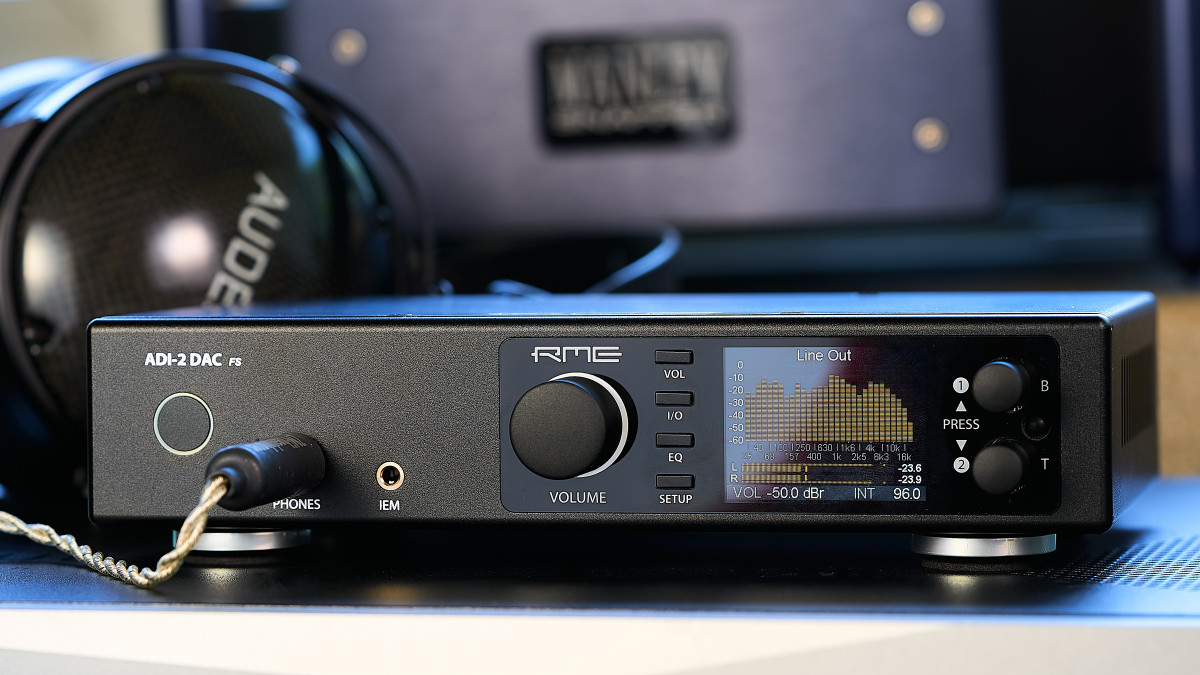
Extra Goodies - Equalization and Crossfeed
My issue with the treble drawing too much attention to itself and sounding too forward, was easily solved by taking the treble down using the built in treble and EQ controls. Now, I am someone who believes in equalizing my headphones, both to correct frequency response and also to achieve a curve I find pleasing.
The general house sound I like resembles Sean Olive’s Harman curve, but with a bit of attenuation around the ear gain region and 5khz, and a lower bass shelf starting below 100hz or even 80hz, and peaking a little below 50-60hz at around 6-8dB. This quite closely resembles the RIAA curve applied to vinyl, and to my ears helps get the soundstage a little further out of the headphones and gives overly limited digital music - which is most of it - a bit more low end foundation and solidity.
With the RME, my complaints regarding the treble are easily solved using equalization, though I still find the transients have a slightly sharp quality in the highest reaches of the treble that I could never quite completely EQ out. Some people might even enjoy this sound, again if you have a somewhat warmer headphone. I didn’t find that the EQ in the RME had any discernible sound, at least as far as I could tell, and this is something I’ve found true of my other RME units - the EQ is about as invisible as it gets, sonically speaking.
The crossfeed function also bears mentioning, and RME’s manual is kind of enough to specify the details of each crossfeed setting. While I found the crossfeed much more usable and subtler than the Phonitor One D, I still had a problem with the lowest settings eating low bass energy and decreasing the perceptual width of mixes. If I used it, I used the lowest setting, though I found myself generally listening with it turned off.
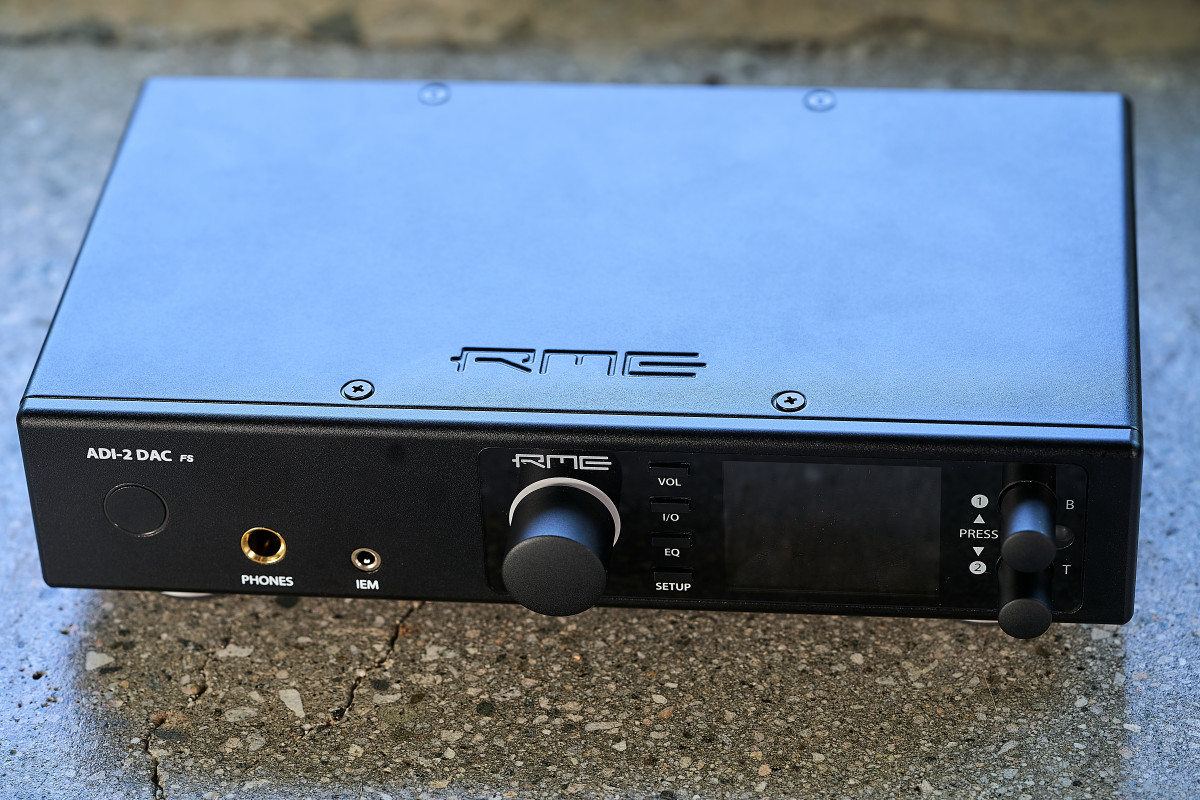
Conclusion
As an all-in-one unit I prefer the RME to many of the options out there, and I do find it a strong contender in the category. It’s an excellent DAC and a competent headphone amplifier, and when adding in the multitude of options for tweaking the sound, it means you can tweak the sound to your liking with enormous flexibility. While I didn’t find the headphone output as refined as other choices from SPL or Schiit, in my opinion those units ultimately will offer a much subtler leap in sound quality than being able to equalize your headphones.
If you’re looking for one unit to do everything, and you don’t mind tweaking some settings then I think this unit is an excellent choice. If you’re looking for only a DAC or amplifier that will offer you the absolute maximum sound quality without any extra featureset however, I would look elsewhere. This gives great separates a run for their money, but ultimately my personal preference is still for those higher performing separates.
-Grover Neville
Watch the video review here:
---
Buy the RME ADI-2 DAC FS at Headphones.com for the best available price.
Discuss the RME ADI-2 DAC FS on the HEADPHONE Community Forum Here.
---
